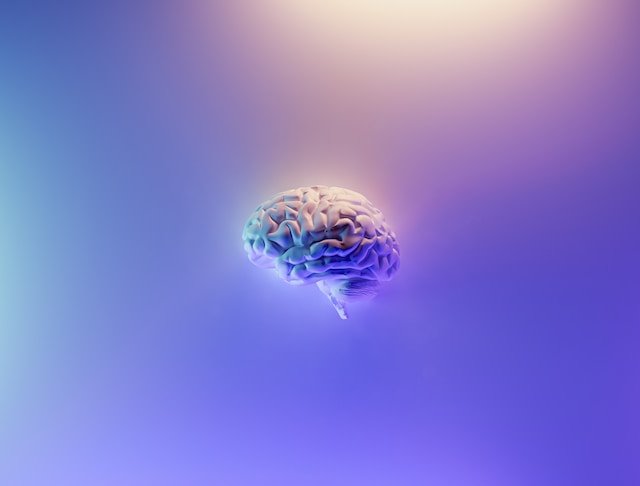While they may look like adults on the exterior, the truth is that their brains have not yet reached that stage by the teen years. These are the years for significant growth. There is a way to go before their brains catch up to those of their adults.
Teenagers are known to try to act like adults and often think that they know everything. Give them time, and they will discover how much they still have to learn.
Key Brain Components
Before going into the differences, it is worth mentioning the key parts of the brain being discussed: the amygdala and the prefrontal cortex.
The amygdala is a small part of the brain located in the temporal lobe. It is key to survival and plays a large role in fear management and processing the environment around you. Aside from that, it is also involved with social communication, learned behaviors, aggression, and unconscious memory.
The prefrontal cortex is located in the frontal lobe and contributes to 10% of your brain’s volume. Its biggest role is with executive functioning (i.e., planning, problem-solving, decision-making, big-picture thinking, and self-control).
Where Teens Differ
During the teenage and adolescent years, the brain is still growing. In fact, brain remodeling can continue up until the age of 24. Connections in the brain (the grey matter) that aren’t being used for thinking and processing are removed during this time. Other connections that are necessary and used are strengthened.
This changeover for maximizing efficiency begins in the area at the back of the brain and works its way forward. Since the prefrontal cortex is located in the front of the brain, it is the last part to undergo changes.
While the teen brain undergoes this process, it relies more heavily on the amygdala for decision-making and problem-solving. Much more than a fully developed adult brain would.
The Impact of the Differences
The typical adult brain uses the prefrontal cortex to rationalize and respond to situations with proper judgment. Since teens use their amygdala more for this process, they tend to be more emotional in their decision-making. Long-term consequences are not often the main consideration because they have difficulties focusing on the bigger picture.
This also lends some insight into why teens aren’t able to explain their emotions and responses after a trying situation. In the moment, they may be amped up and emotionally charged, but once calm is restored, none of the responses makes much sense.
On the outside, they aren’t using common sense to navigate their world. In actuality, they generally are doing the best they can based on the development of their brain at that point in time.
Depending on their particular stage of development, they may also be more likely to be impulsive, accident-prone, engage in risky behavior or fighting, and misunderstand social norms/cues/emotions.
Promoting Healthy Development
The environment is extremely important to the full and healthy teenage brain development. How they spend their time and who they learn from are important factors. Exposure to culture and activities can shape their brain's abilities later on.
Encourage well-rounded exposure to music, books, sports, languages, and tasks that require higher-level thinking skills. Promote positive behavior. Let them take risks and explore some on their own. Also of importance is to be sure they are getting the recommended amount of sleep nightly.
Adolescence is a complex time full of opportunities and challenges. Understanding their developmental progression can be key to your relationship and your ability to guide them forward. If you need more guidance and resources of your own, reach out to learn more about teen counseling.

